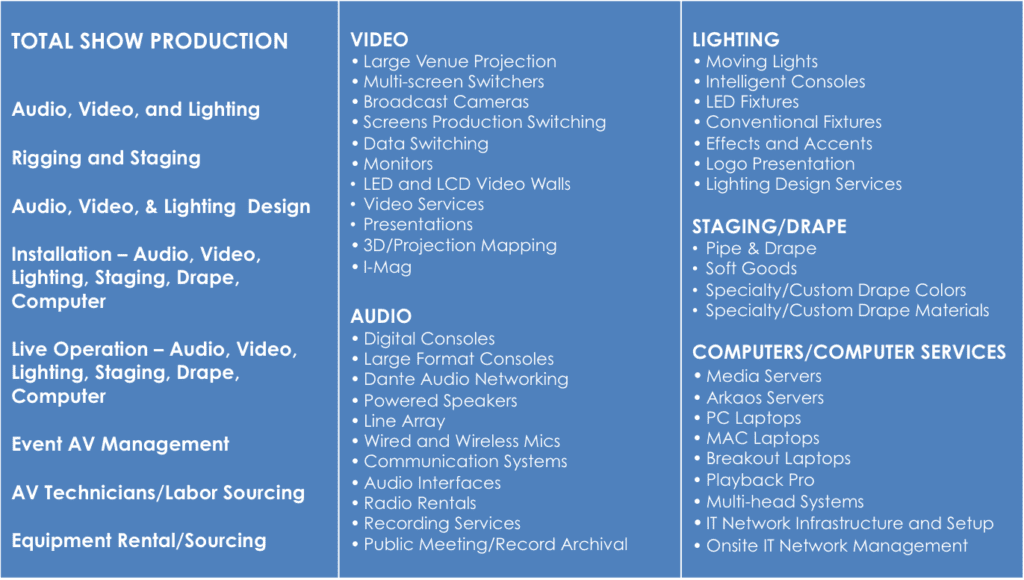
One of the primary benefits of combining legacy technologies with contemporary sound networking is enhanced flexibility. Conventional audio technologies often require complex cabling and limited pathway options. With audio networking technologies like Dante or AVB, sound transmissions can be sent over conventional Ethernet cables. This implies that users can readily link multiple units without the need for extensive rewiring. Regardless in a performance venue, a educational theater, or a corporate function, this flexibility allows for rapid adjustments and changes to the audio setup without major downtime.
Performance is a further major element that enhances when older technologies are modernized with current communication technologies. Legacy technologies may struggle to deliver superior audio, especially in larger spaces or during complex events. By implementing sound networking, organizations can leverage of advanced features such as minimal delay, synchronization, and electronic data processing. These advancements assist ensure that audio is distinct and consistent, enhancing the complete quality for audiences and artists together. This transition can make a marked impact in how sound is experienced in various environments.
Additionally, harmonizing legacy technologies with contemporary technologies can lead to cost benefits in the extended run. While modernizing to novel equipment go to the website may require an upfront cost, the efficiency gained through sound communication can reduce maintenance expenses and decrease the need for continuous fixes. Additionally, networked technologies often need less tangible space than traditional installations, which can reduce on real estate costs in locations. Entities can allocate funds better efficiently, using the money they retain to allocate resources in other important fields.
Finally, training staff on the method to operate integrated systems becomes simpler with audio communication. Numerous modern sound communication platforms come with user-friendly controls and distant control capabilities. This indicates that including those who may not extensive technological knowledge can learn to manage and control the sound solutions effectively. Educational initiatives can be designed around these solutions, enabling personnel to maintain and troubleshoot technologies with confidence. By blending the old with the new, entities can create a more competent and knowledgeable workforce, in the end leading to better audio outcomes for everyone concerned.